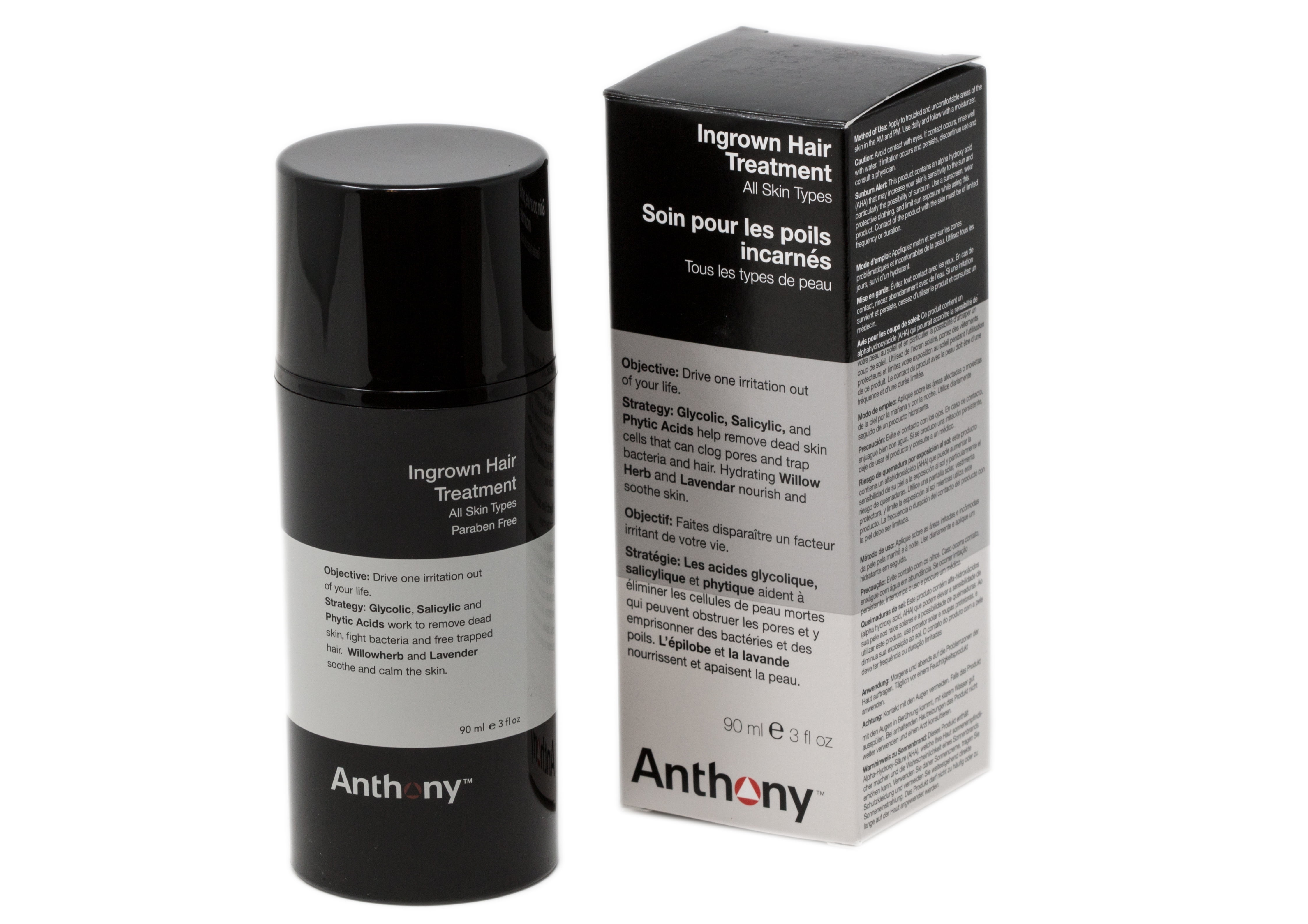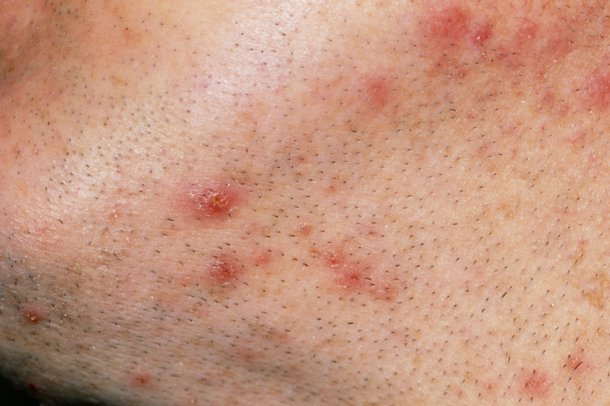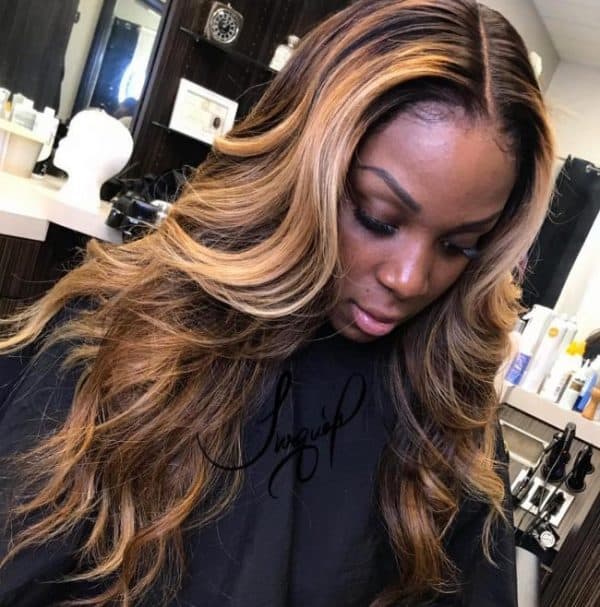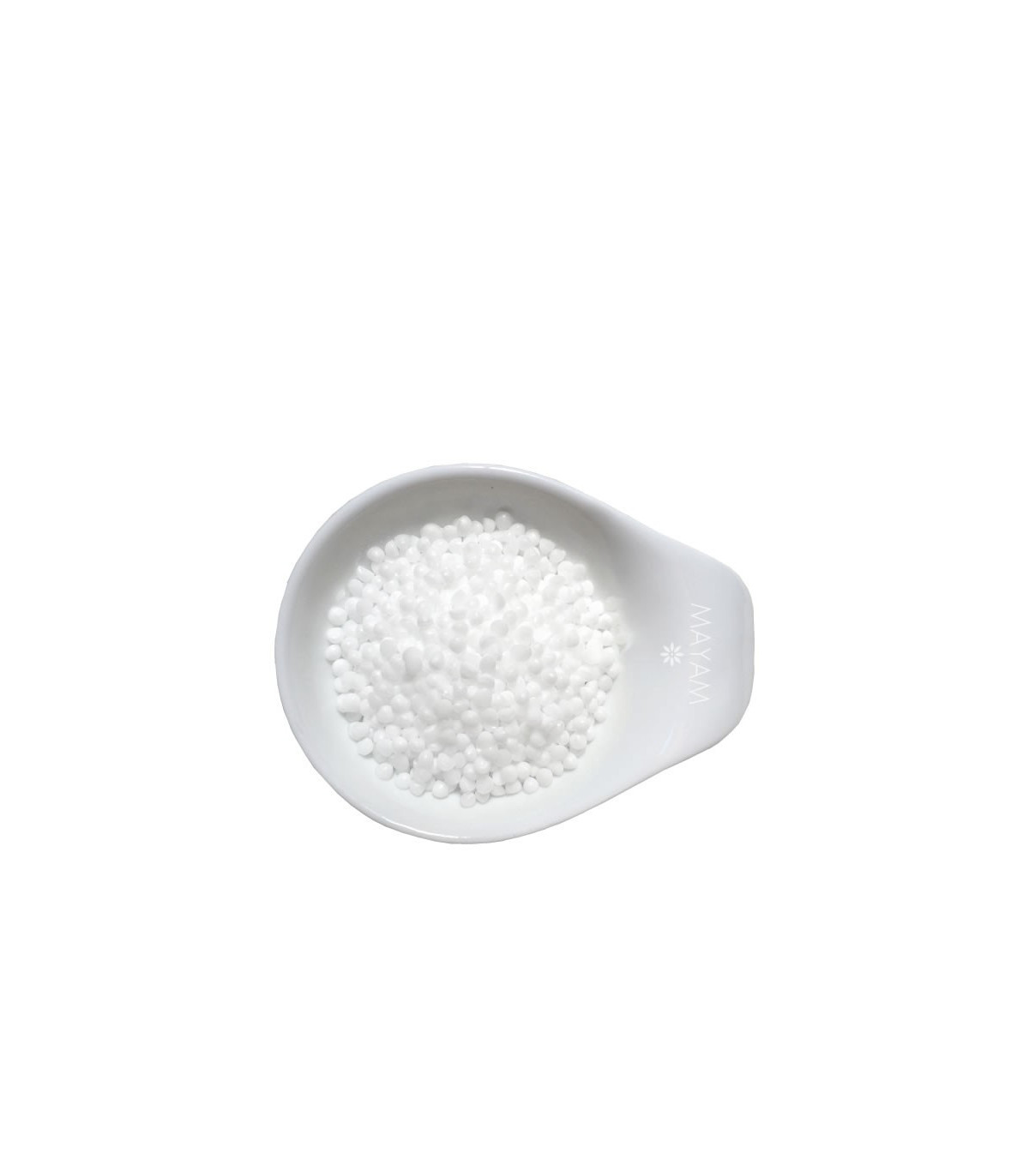Table Of Content

We may earn commission from links on this page, but we only recommend products we love. The product is a bit more runny than we expected but it can still be applied with a cotton pad. We recommend that you use it as an aftershave and it shouldn’t be worn outside in direct sunlight without sunscreen.
Soft Services Smoothing Solution
Fwiw, I love this one because it’s so gentle on my skin—shout out to aloe vera and vitamin E—and the gel texture easily comes off in the shower. Ingrown hair cysts happen when a hair follicle gets blocked, and the hair grows into your skin instead of out. You should never pop an ingrown hair cyst because it can cause infection and scarring. The cysts may go away on their own, but if they hurt, look red, or ooze pus, see a healthcare provider for treatment.
Pulling the skin
If you're particularly sensitive, it's best to avoid overly harsh scrubs. Abrasive scrubs like sugar and salt scrubs do exfoliate the skin but often at the expense of causing excess skin irritation, Dr. Murphy-Rose says. Use a warm washcloth to gently exfoliate and loosen dead skin. Dr. Murphy-Rose recommends doing this toward the end of your shower or bath when the skin is saturated with water. Ensure the temperature isn't too hot, and let the warm water do its thing.
The Best Razor Bump Treatments - Men's Journal
The Best Razor Bump Treatments.
Posted: Mon, 18 Sep 2023 07:00:00 GMT [source]
How long do ingrown hairs last?

However, this doesn’t mean you don’t want it gone, along with the pain, itchiness and redness. Our experts continually monitor the health and wellness space, and we update our articles when new information becomes available. After the infection has cleared, you may have a scar or discolored skin that can last for several months.
Both can reduce irritation, tighten pores, moisturize, and help treat ingrown hairs. Witch hazel also stops bacteria from growing in hair follicles. I smooth this on once or twice a week at night, and that’s it—a one-and-done step. After you shave, apply a product made with BHAs to close the hair follicles that opened after being exposed to warm water, Weinstein says.
This can help because apple cider vinegar contains anti-inflammatory properties that help soothe irritated skin, Engelman says. Palm adds that in severe cases, your doctor might prescribe antibiotics to prevent an infection from arising. This means that most of the time, you don't need to worry about removing them. "I encourage patients not to pick at ingrown hairs on their own because it can cause damage, scarring, or infection, especially if sharp tools are used," says Engleman.
To prevent ingrown hairs from appearing again after tweezing, you will find beard oil to be beneficial. Beard oil works by opening up the pores and making all the bacteria and pus disappear from your skin. By washing your face with a mild cleanser and warm water every day you will remove dead cell build-ups, pore-clogging and in the bottom line ingrown facial hairs. Although any sharp facial hair can make that quick turn and begin to grow under the skin there are many things that you can do to prevent ingrown hairs from happening in the future.

What are the different hair removal methods?
When you have thick or curly hair, you can get a type of ingrown hair called pseudofolliculitis. The hair that grows back has a sharper edge, so it can more easily poke back through your skin and get trapped under the surface. Sometimes, dead skin can clog a hair follicle, which forces the hair to grow sideways under your skin rather than up and out.
Medical treatment
An ingrown hair occurs when a hair that has been shaved, waxed, or plucked begins to grow back into the skin. It’s not a good idea to pop or squeeze an ingrown hair cyst, as you can introduce bacteria that can cause an infection. By taking better care of your skin and shaving with a sharp razor you can reduce the likelihood of those little red bumps from developing in the first place. The redness and pain caused by an ingrown hair usually stop by the next day and after three days, you won’t be able to tell where the ingrown hair once was. However, if an ingrown hair cyst becomes too painful and irritates the skin on your face you should seek medical attention. They happen when the skin blocks the emergence of a hair from the follicle, or when a hair grows back into the skin.
At this point, your hair is embedded far too deep underneath the bump or cyst for you to pull it out. When it comes to razor bumps, the cause is usually improper hair removal techniques. Place a warm compress over the area where you have the ingrown hair.The heat of the compress will soften the skin and help to bring that hair closer to the surface. Quality beard oils are also made with antiseptics, such as tea tree oil that eliminate facial hair itching, burning or infection you may be feeling. People who tend to have higher levels of sex hormones usually have excessive hair growth and they see these painful bumps on the skin after shaving more frequently.
Redness may be harder to see on black or brown skin, but they may look a different colour to the surrounding skin. “I would recommend this be the first place to go for help with ingrown hairs,” says Dr. Bullard. Dermatologist Sherrie Bullard, MD, shares safe ways to get rid of ingrown hairs and how to prevent them from happening. If home remedies aren’t helping and the cyst does not appear to be healing, see a doctor.
The instructions also recommended applying a moisturizer after use too, because the ingredients can dry out your skin over time. One of the best ways to manage ingrown hairs is to choose an effective exfoliant that includes ingredients, like green tea and oat, that can soothe irritation and minimize razor bumps. After lots of trial and error, I’ve discovered that no hair-removal method can completely prevent ingrown hairs, but hair-removal creams are by far the least likely to give me bumps and inflammation.















